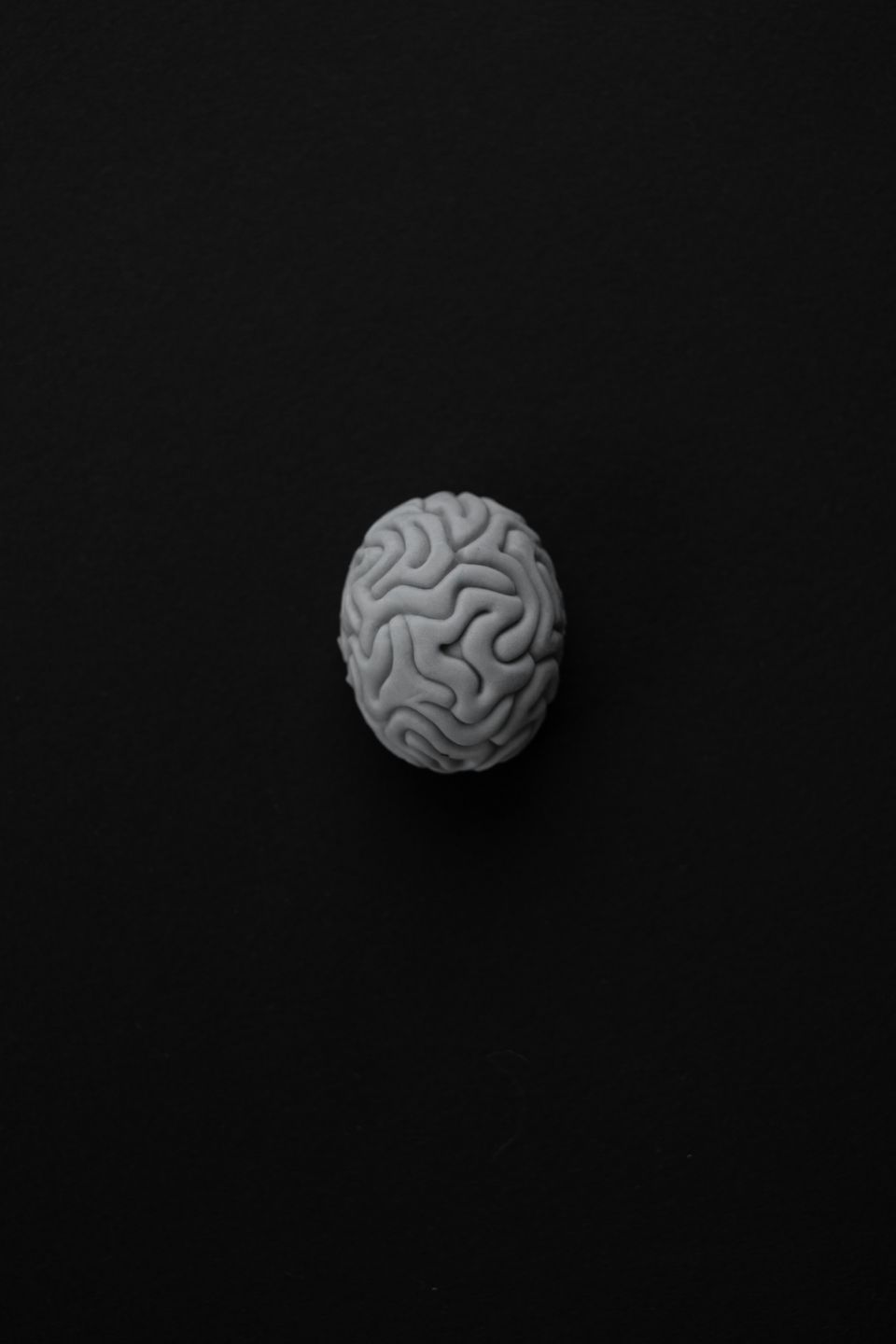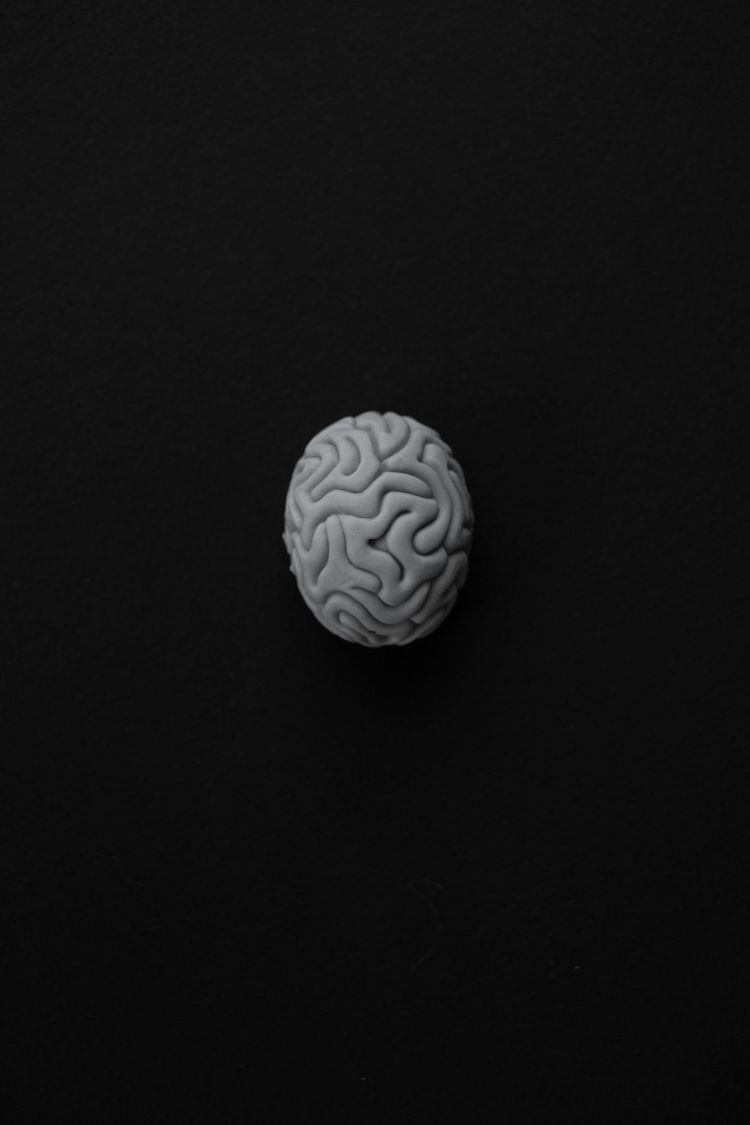🦀 PT Crab Issue 115 - Motor Learning

Hello! I come bearing good tidings and advice to watch Spirited on Apple TV+ if you haven’t seen it already. It’s a fun, creative take on the classic Scrooge story and really fun. And yes, it’s a musical, but there aren’t too many songs. Highly recommend. Let your own judgment be your guide, but it’s probably suitable for kids too, down to 12?ish? Idk I’m not a parent.
And now, let’s look at motor learning with extra deep dives into a couple of articles this week. They’re great and both open access, so yay!
Let’s dive in!
What We Know About Motor Learning
The Gist - This piece from PTJ from earlier this year goes through the four mechanisms of motor learning and what we know about them so far. It goes into the behavioral drivers, the neural substrates, cognitive involvement, and timescales of each. We won’t be getting into all of that here, but this is an open access article, so do check it out if you want more on which part of the brain things happen in and what-not. For now, let’s talk the four.
1) Use-dependent: this is motor behavior changes driven by repeated task-specific practice. This type of motor learning is what I use when I’m practicing darts (and I’m getting pretty good). It’s a long-term process of refinement whose primary driver “is the amount of practice completed by the learner.” This is the longest and most refined strategy and requires the most cognitive processing as it necessitates tiny tweaks every time. “Practice is a particular type of repetition without repetition,” according to the paper.
2) Instructive: this is “a change in motor behavior achieved through the use of an intentional movement strategy.” The method requires specific external feedback about error or performance. According to the paper, the most important component “is that the error-reducing movement strategy can be explicitly described by the learner and reproduced in the future.” AKA cuing / instruction by PTs. Unfortunately, there’s a tight connection between cognition and capacity for instructive learning, making this a less useful strategy for folks recovering from injuries like strokes. When cognition is intact though, this type of learning occurs on a fast timescale, though retention takes more time.
3) Reinforcement: this “is defined as an improvement in motor behavior that is driven by binary outcome-based feedback.” This means that one can see success or failure relative to a goal. Sometimes called knowledge of results. Important to differentiate it from the last, this type of motor learning does not give information about how to modify the movement to be successful, one just knows whether they are successful or not. According to the paper, “this type of nondirectional external feedback prompts the learner to explore different movements and select actions that have the highest probability of success, while avoiding actions with low probability of success.” Intentional exploration of movement strategies is key.
4) Sensorimotor Adaptation-Based: this type is “change in motor behavior that is driven by sensory prediction error.” Sensory prediction error is the difference between the sensory experience of the outcome and the expected experience. Usually this type of motor learning occurs when one encounters unexpected demands, such as perturbations, that requires modifications to the motor program. The paper uses a great example of driving a car with a more sensitive brake pedal than yours. Your sensory system doesn’t expect to stop so suddenly and quickly adapts your foot’s behavior to match expectations. This is an automatic, implicit adaptation that’s independent of voluntary modifications. It’s thought to occur in parallel with other motor learning strategies.
Tell Me More - That was already a lot but I love this paper, so let’s go. The paper discusses what you may already implicitly know, that PT interventions usually take advantage of use-dependent and instructive motor learning strategies and argues that we should consider reinforcement and sensorimotor adaptation interventions. They have an example that I can’t improve upon, so I’ll just drop it here
To achieve this goal, a physical therapist has the patient practice placing items of similar size but different weights onto an overhead shelf using a movement pattern that does not cause pain. This intervention structure integrates 3 behavioral drivers that will promote different motor learning mechanisms to contribute to the overall change in reaching movement pattern : (1) repeated reaching practice will drive use-dependent motor learning, (2) if the patient considers a pain-free reach a successful outcome, using a movement pattern that does not cause pain would drive reinforcement motor learning, and (3) finally, practicing lifting objects of the same size but different weights will induce sensorimotor prediction errors that drive sensorimotor adaptation to promote flexibility of the pain-free reaching movement. With this intervention, the contribution of instructive motor learning is relatively small. If the patient has difficulty reaching overhead without pain or adapting the movement to account for objects of different weights, the therapist could consider modifying the intervention to include verbal cues for proper scapular dynamics during the reaching movement. This would increase the relative contribution of instructive learning.
Paper? If you’re interested in all this, do check this one out. It presents complex ideas in a simple, useful way. Remind you of someone? Yea, it me.
From the Archives: People with LBP Can’t Sense Effort Properly (Sometimes)
The Gist - We already know that people with chronic LBP show deficits in proprioception, but this paper adds even more to that body of evidence. Apparently, they also show deficits in their ability to judge how much effort they’re putting into something. To show this, researchers hooked them up to a machine that let them do an isometric trunk extension against resistance. In the first trial, there was a computer readout that showed their effort. In the second, they took away the readout and asked them to match the effort from before. People without chronic LBP were significantly better at matching the effort level, while those with it consistently undershot the amount of effort they were supposed to give. They overestimated how much force they were using throughout the effort. Interesting.
Tell Me More - This simple study indicates that sense of effort is distorted in LBP, which means that it could be related to other problems people with LBP have, specifically, repositioning error (returning to a position that someone puts you in) and postural control. The researchers didn’t try to find out why the people undershot the targets, so we don’t know the mechanism, yet. They speculate that the problem could be due to muscle spindle feedback being improperly calibrated in these individuals, but we’re not sure. We already know that people with LBP discriminate muscle tension differently than people without it, so maybe that’s what is going on? Stay tuned for more details in the coming years.
Paper? Sure thing boss.
And that’s our week! I wish you the best on this last day of November and hope all is well wherever you are.
Cheers,
Luke
Here’s this week’s bibliography:
- Charlton, J., Eng, J., Li, L. C., & Hunt, M. A. (2021). Learning Gait Modifications for Musculoskeletal Rehabilitation: Applying Motor Learning Principles to Improve Research and Clinical Implementation. Physical Therapy, 101(2). https://doi.org/10.1093/ptj/pzaa207
- Leech, K. A., Roemmich, R. T., Gordon, J., Reisman, D. S., & Cherry-Allen, K. M. (2022). Updates in Motor Learning: Implications for Physical Therapist Practice and Education. Physical Therapy, 102(1), pzab250. https://doi.org/10.1093/ptj/pzab250






Comments
Want to leave a comment and discuss this with your fellow PTs? Join PT Crab and get summarized PT research in your inbox, every week.